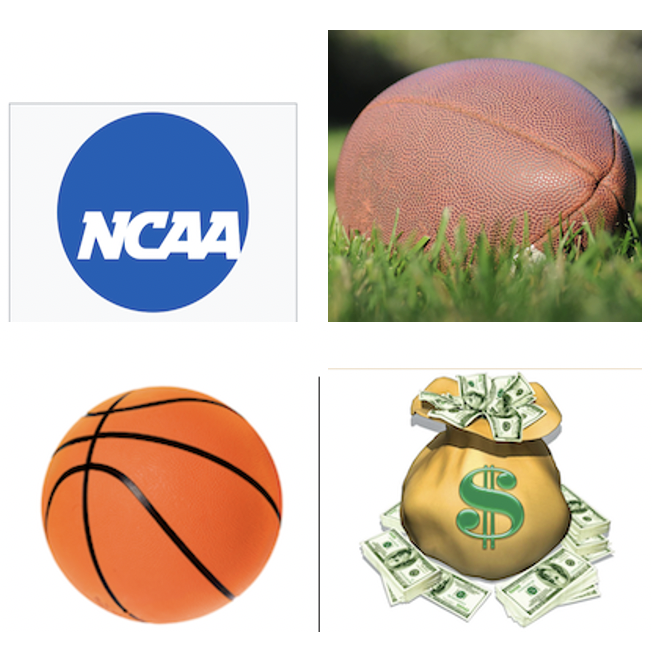
The inevitable has occurred. Last month's ruling by the US Supreme Court, National Collegiate Athletic Association [NCAA] vs. Alston, clears the way for student-athletes to participate legally and above-board in the revenue streams the NCAA has enjoyed for decades.
College athletes are finally able to receive compensation for the use of their Name, Image, and Likeness [NIL]. Federal guidelines are not yet in place, so if your family member is a potential participant, it is important to understand the state laws guiding the colleges and universities on your short list.
Social media has become a major driver of change as young people have developed savvy about how to leverage their social presence to create revenue for sponsors and internet-based companies. Having a following is the upside but be clear: the next few years in collegiate sports will be akin to the Wild Wild West. The paradigm has changed overnight. Million dollar contracts are already being negotiated and signed by 17 year old super stars who can make millions for the university and look to transition to pro sports careers. Decisions made now will be subject to federal oversight as schools fight to protect their coveted positions at the profitable intersection of major college sports and massive revenue streams.
Our young people will thrive if properly guided in the early stages. Make sure your children, nephews, nieces and wards seek legal advice before signing documents or making agreements with institutions that will continue to pursue profits before regulators put in place as yet undetermined boundaries.
It is important to understand the state laws guiding the colleges and universities on your short list.
One downside to the uncertainty created in the short run may be the elimination or downsizing of collegiate sports that do not have natural revenue streams. Imagine being a wrestler or swimmer where the pathways to revenue are yet unclear. Will universities continue to support these sports based on NCAA guidelines put in place to create fairness for female sports when a portion of the revenue now goes to the athletes? Will major conferences like the Big Ten, ACC and SEC create an environment to attract high-profile students that fully separates them from the rest of the student body?
This is a major watershed event for all student athletes but especially for African American athletes heretofore excluded from deriving financial benefits from their God given talents! Students can now reap the benefits of the time and energy spent perfecting their sport at a level more broadly attainable than a pro career. Whatever the outcome it is clear the positive impact for young minority students will far outweigh the risk.
Still, it will be essential to proceed with caution. Potential revenue created over a four year career needs to be identified and leveraged properly before signing any agreements. Especially in this developing space, where youth and opportunity are fleeting and the path is uncharted, solid legal advice and financial guidance are a must.
• • •• • •













